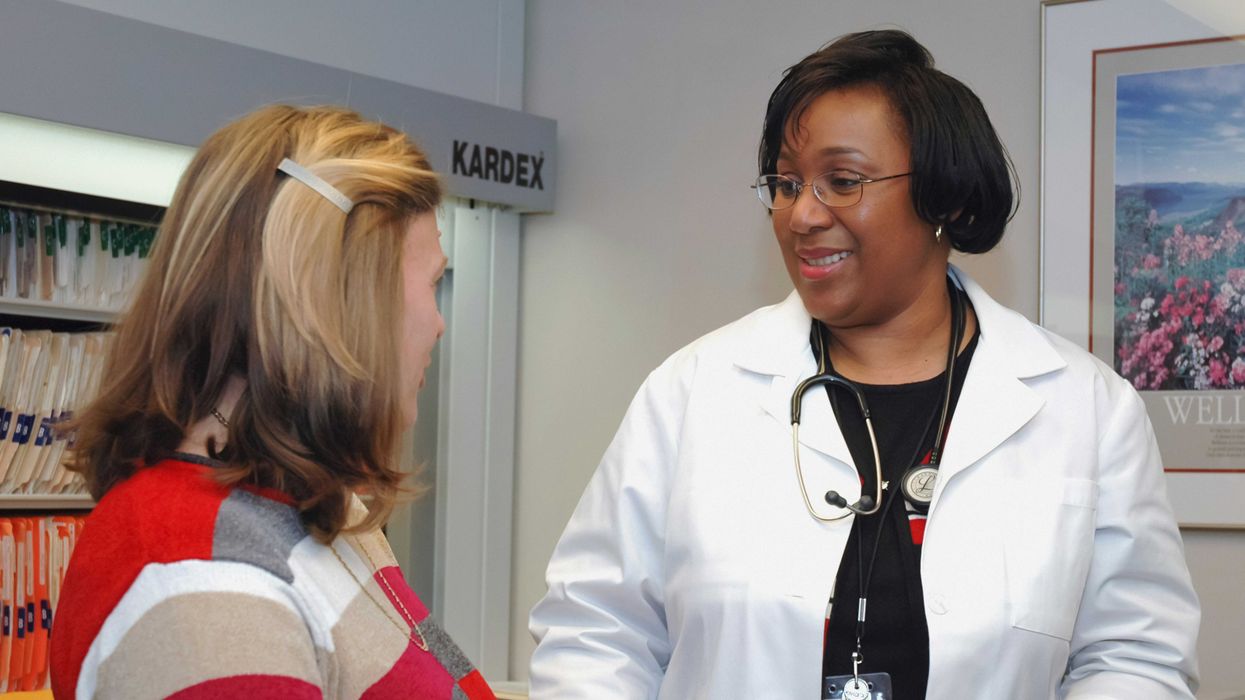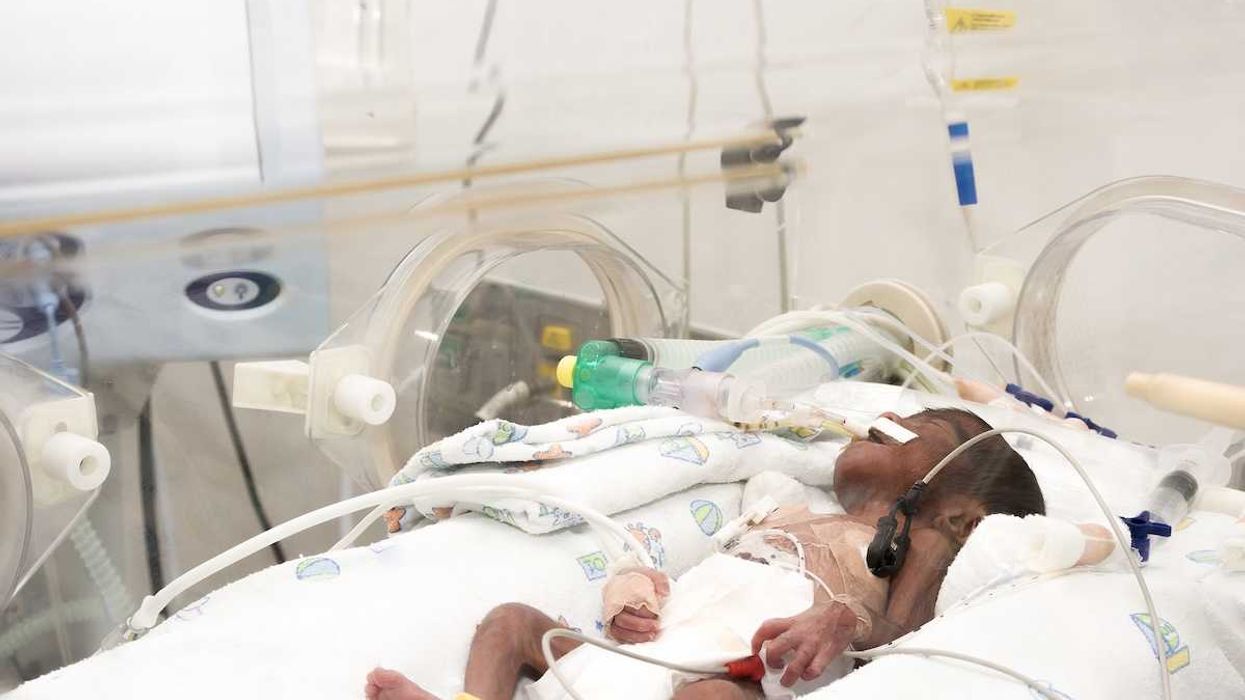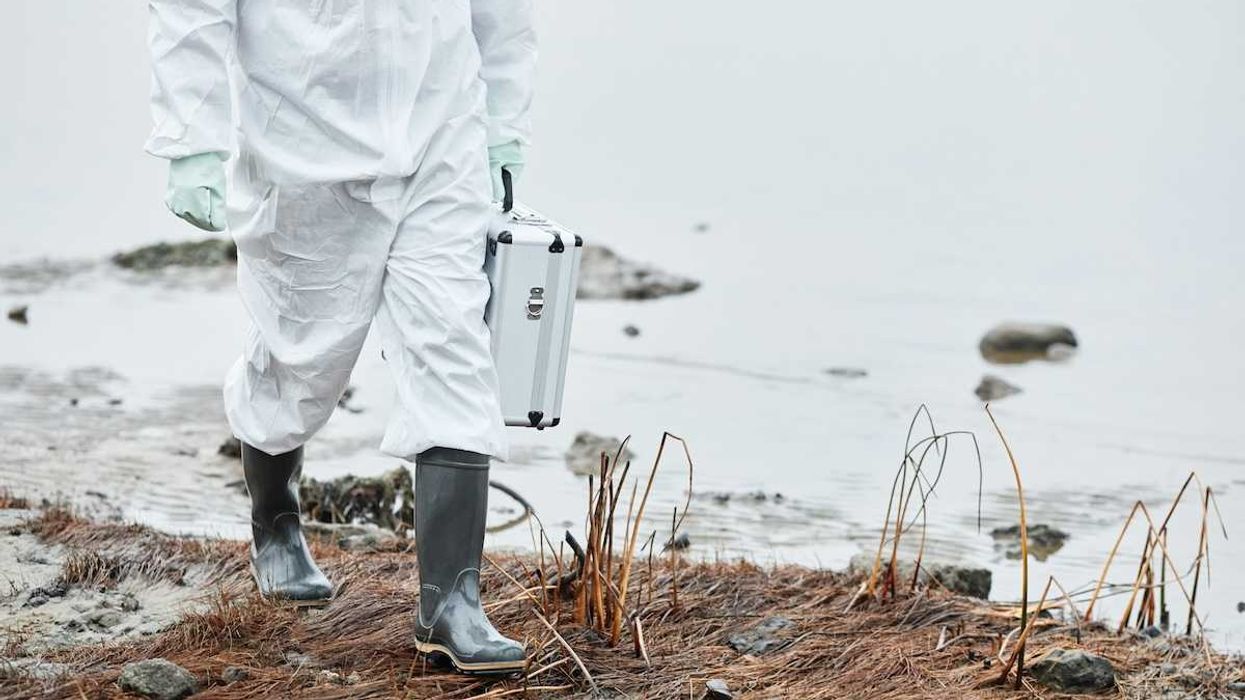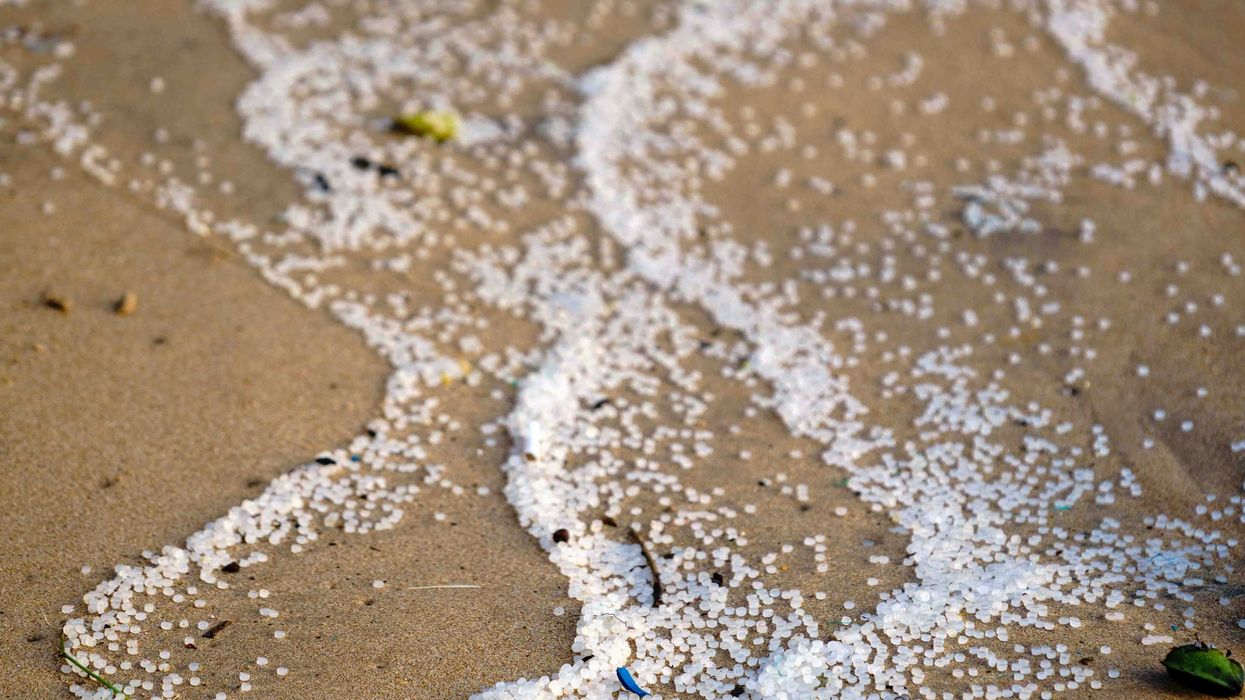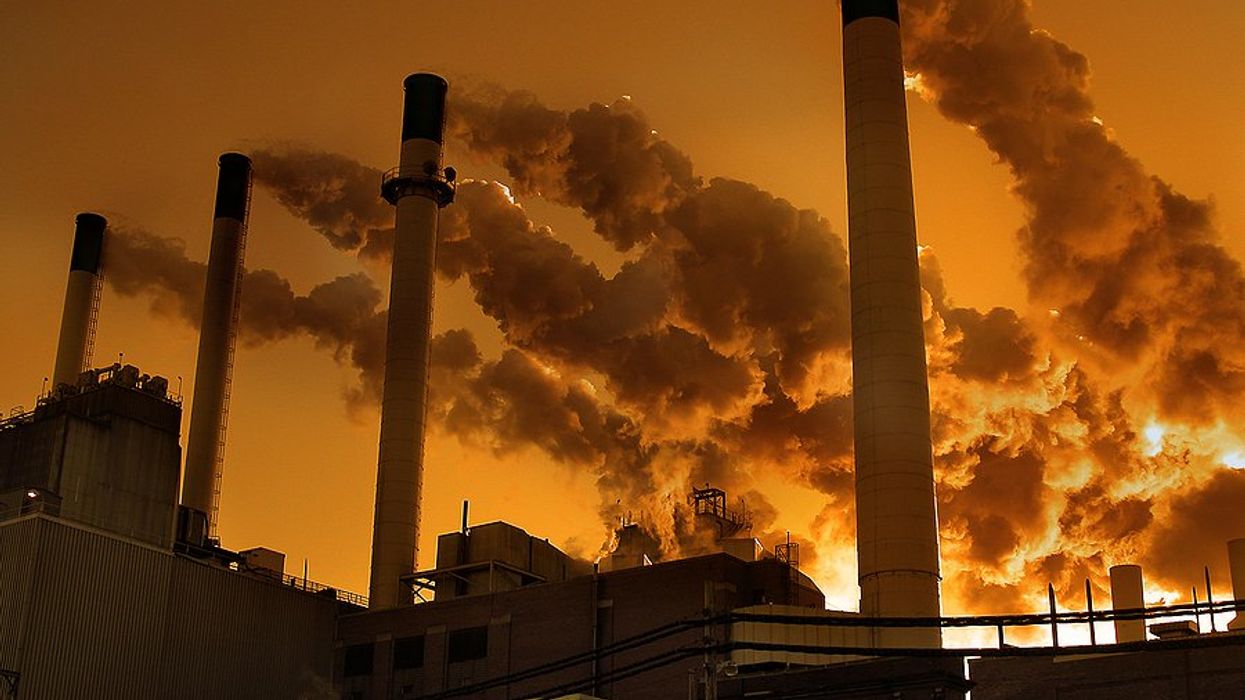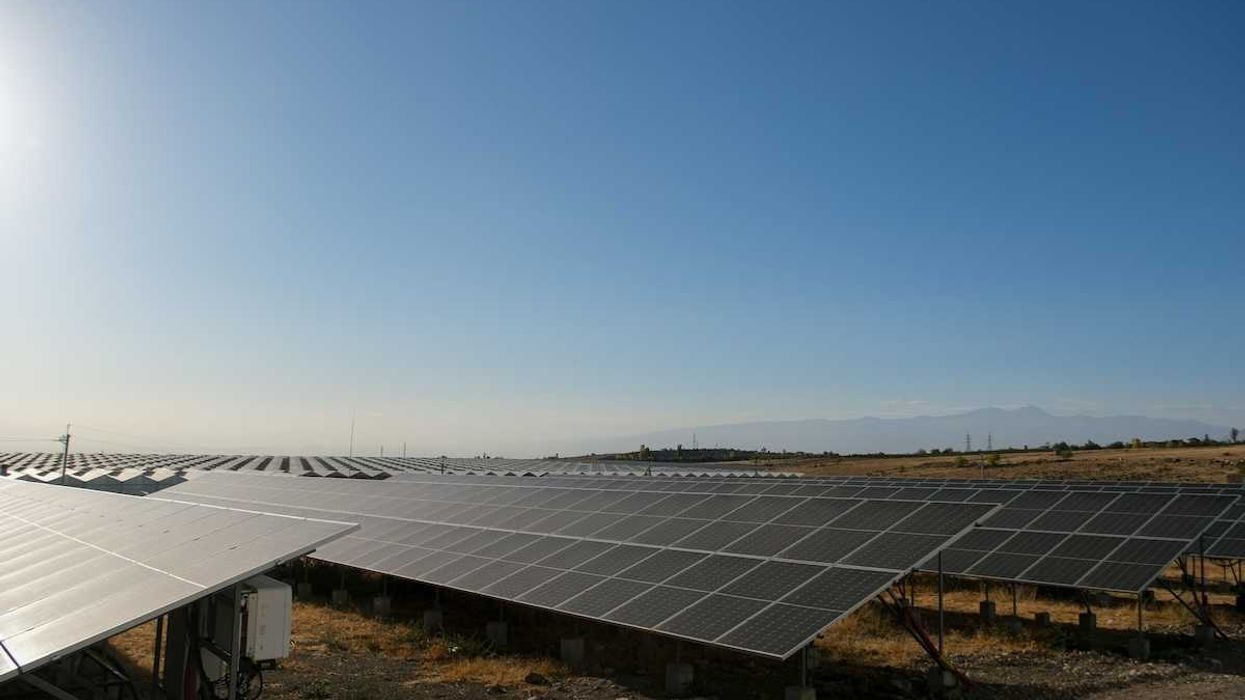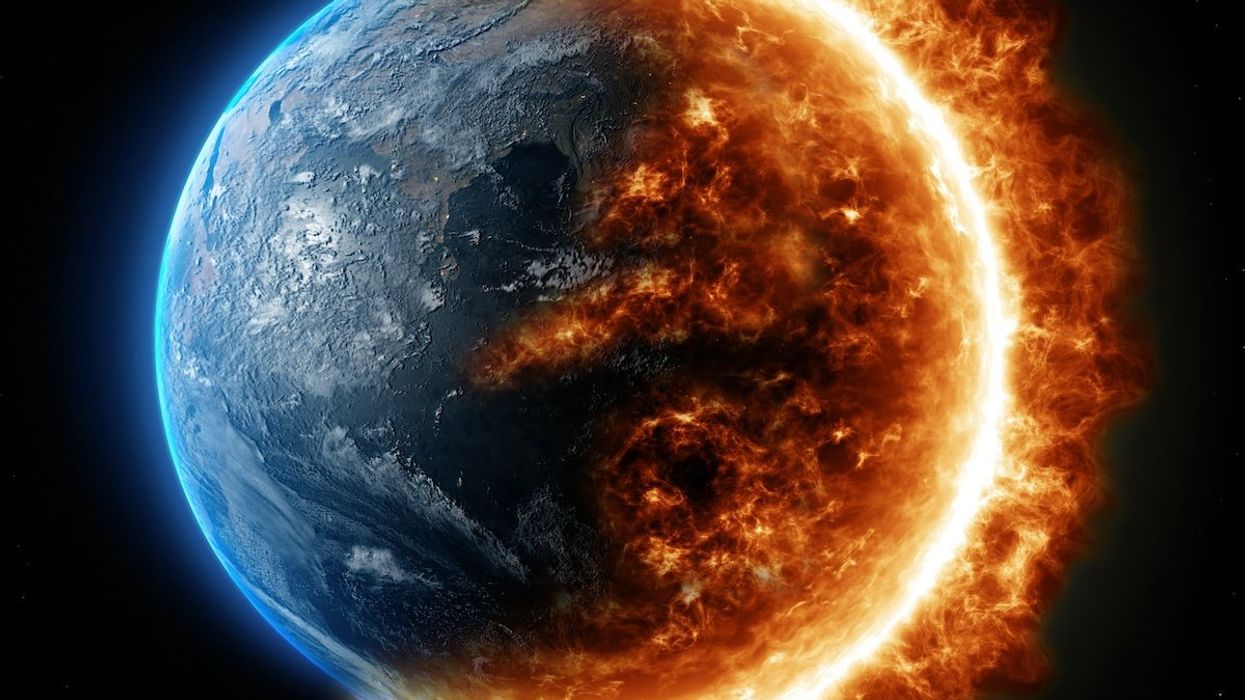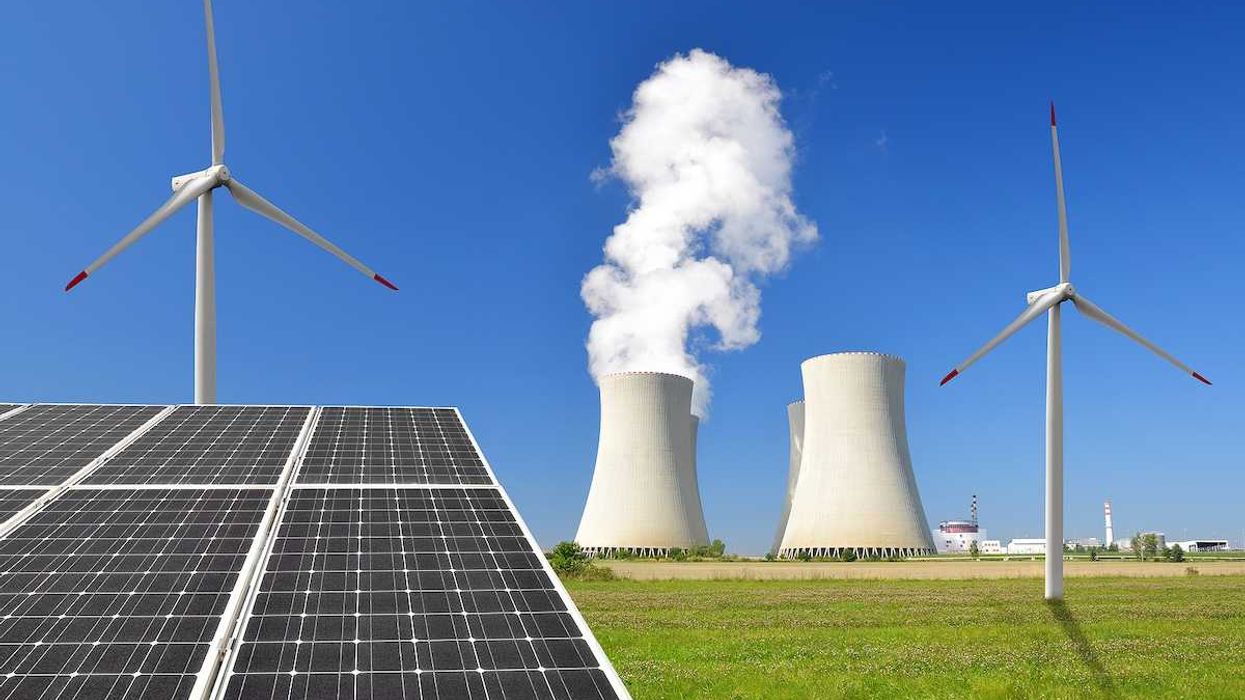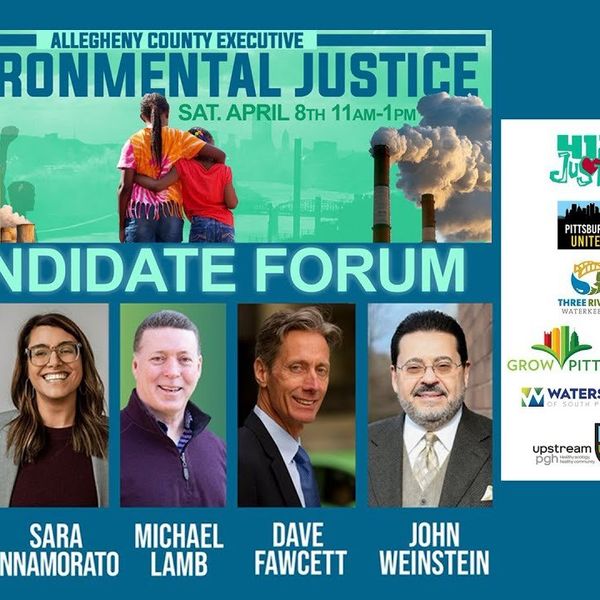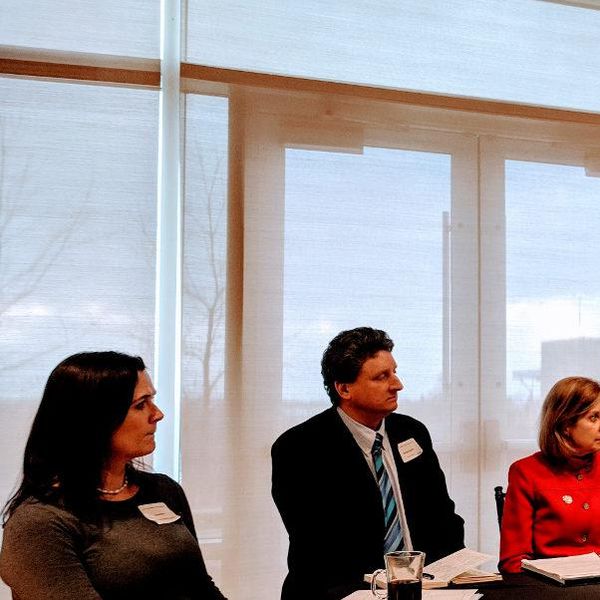Almost everyone knows at least one person who's been touched by cancer. In Pittsburgh, most people know more than one.
Pennsylvania has the third highest cancer incidence rate of all U.S. states. Approximately half of all Pennsylvanians will be diagnosed with cancer at some point in their lifetime, and about one in five Pennsylvanians will die of cancer.
Allegheny County, which encompasses Pittsburgh, has even higher rates of several types of cancers than those already-high state averages, including lung cancer, colon cancer, breast cancer, bladder cancer and non-Hodgkin lymphoma.
One likely cause: Allegheny County has some of the worst air quality in the country. It was one of only 10 counties in the nation to receive all F's on the American Lung Association's 2018 air quality report, and is in the top 2 percent of all U.S. counties for risk of cancer caused by air pollution. Many of the cancers that occur at the highest rates in the county have been linked to air pollution.
The fight against environmental causes of the disease is just starting to grow in the region. Pittsburgh is home to some of the best cancer physicians and treatment facilities in the world, and a group of dedicated local clinicians have partnered with policymakers, community leaders, and environmentalists to add a powerful new tool to Pittsburgh's existing war on cancer—one that aims to protect the whole community at once.
Below is EHN's ongoing, in-depth look at the links between Pittsburgh's high cancer rates and persistent pollution and efforts to tackle both.
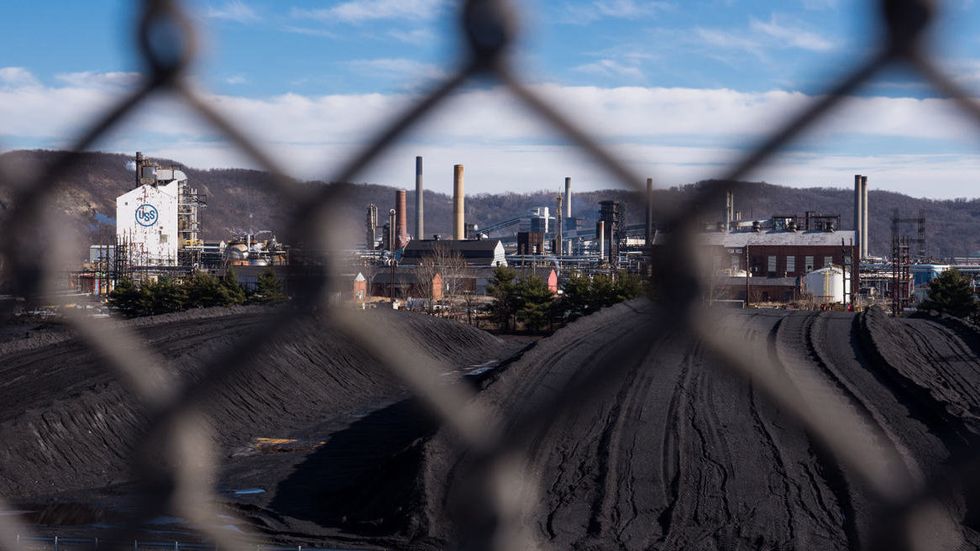
Mark Dixon/Flickr
Cancer in Pittsburgh: Prevention lags as pollution persists
"Genetics loads the gun but the environment pulls the trigger."
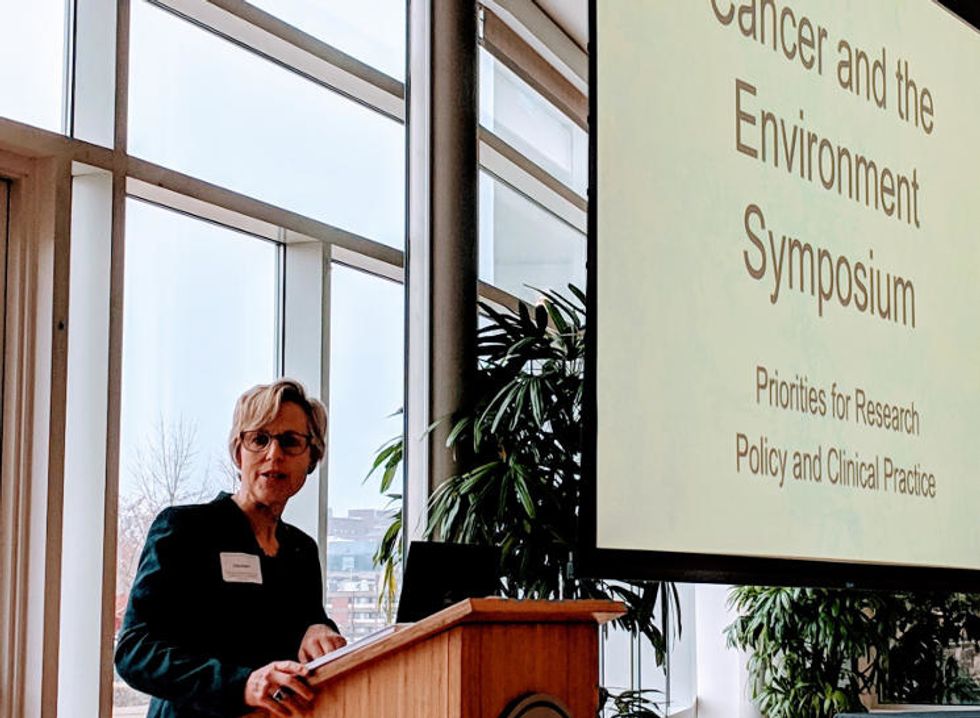
Local and national experts agree: Reducing Pittsburgh pollution would cut cancer risk
"If we could eliminate smoking entirely in Allegheny County, it would still be in the highest 10 percent of all U.S. counties with respect to these cancers."
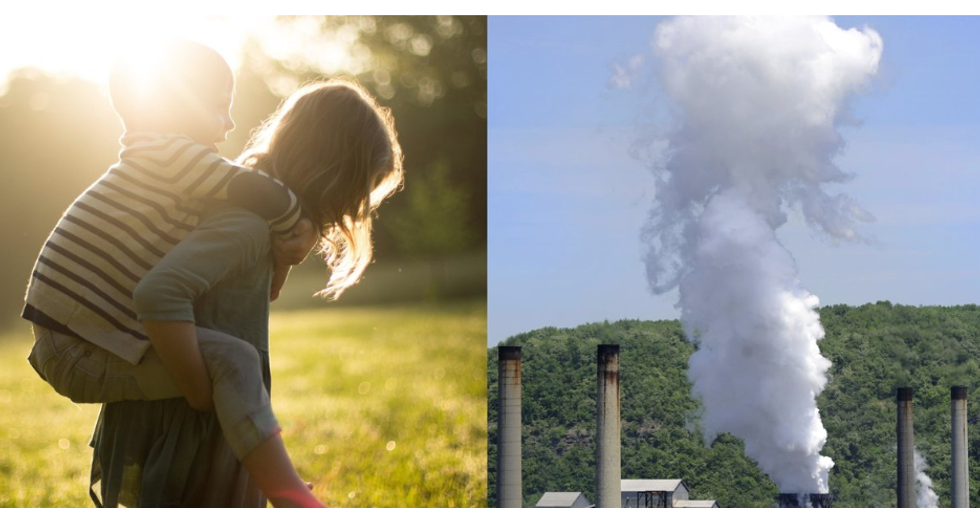
Kids in Southwestern Pennsylvania are exposed to carcinogenic coke oven emissions at shockingly higher rates than the rest of the country
"Children's developing cells and biological systems are also more sensitive to many carcinogens than adults' are."
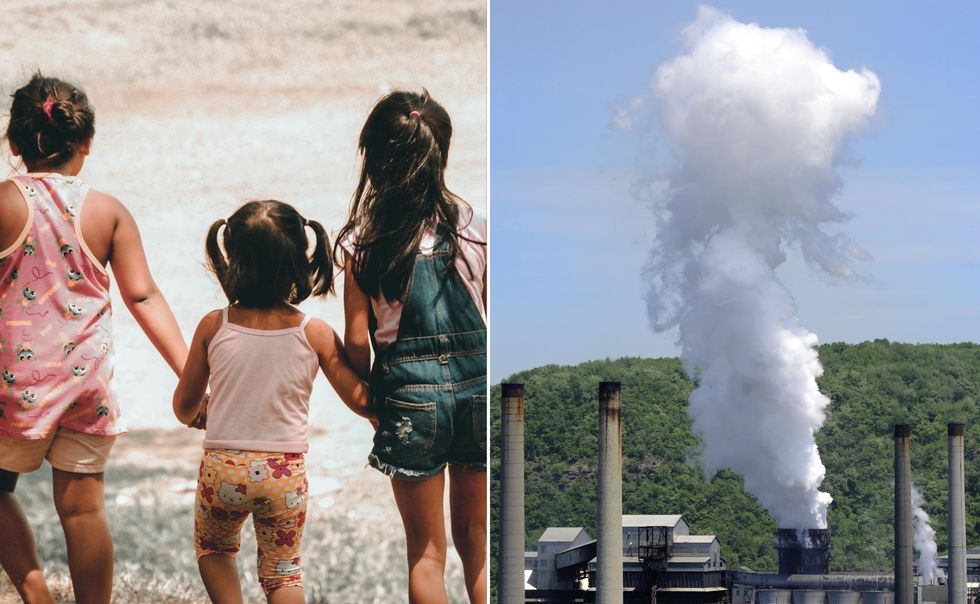
Childhood cancer survivors are more likely to end up in the hospital from air pollution
A new study shows survivors are nearly twice as likely to get sick on bad air days.
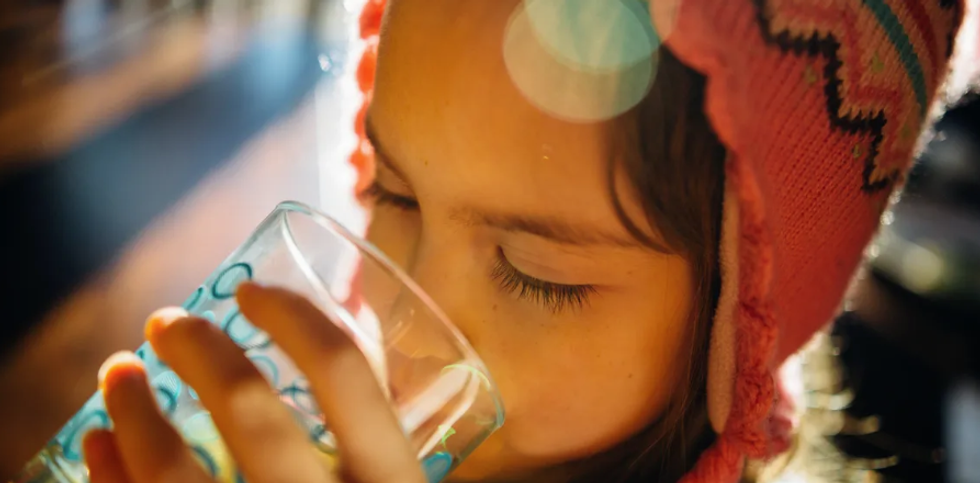
There are concerning carcinogens in Western Pennsylvania water
A national report finds cancer-causing chemicals in Pittsburgh's drinking water, including a disinfection byproduct at levels 3 times the national average.
- The “twin crises” of high cancer rates and exposure to toxic chemicals in Pittsburgh - EHN ›
- In polluted cities, reducing air pollution could lower cancer rates as much as eliminating smoking would - EHN ›
- Federal air monitoring investment could lower southwest Pennsylvania cancer rates - EHN ›
- Opinion: Cancer is not normal or inevitable.We should continue to fight it - EHN ›
- What’s happening to EPA-funded community projects under Trump? - EHN ›
- WHO’s review on cell phone radiation and cancer cannot assure safety, renowned experts say - EHN ›
- The greater Pittsburgh region is among the 25 worst metro areas in the country for air quality: Report - EHN ›
- Major WHO-backed study: high certainty that wireless radiation causes cancer in animals - EHN ›




